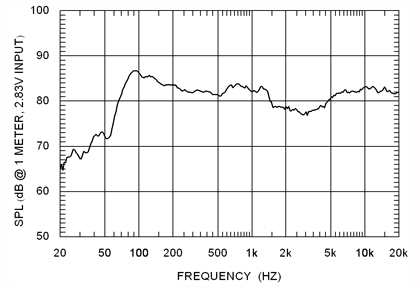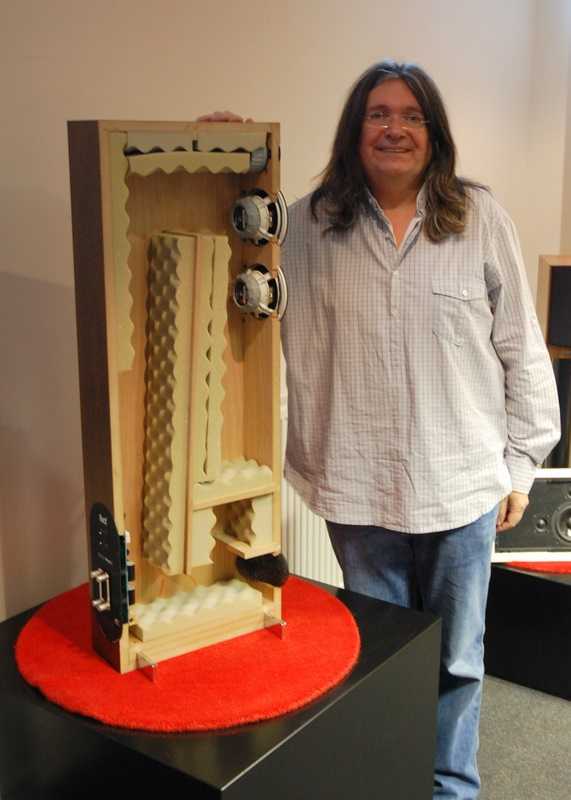Wondered if anybody tried DIY tuning his speakers and do some experiments?I recently played with some greese filter material out of fleece and placed some of it into the cabinet departments of my MA RX6 just to see how it behaves with different amounts of it.I found this very interesting since I achieved quite different results giving the possibility to finetune the speakers to your likes a bit.Next I will try with some other material like Rockwool.
What do you think?Since it sounds good and shouldn´t harm the speakers i think it is a relativ simple and cheap way to try for optimizing the speakers to your likes.I found some places in the cabinet which are not damped with the original material which besides could also be done with more care imo.
What do you think?Since it sounds good and shouldn´t harm the speakers i think it is a relativ simple and cheap way to try for optimizing the speakers to your likes.I found some places in the cabinet which are not damped with the original material which besides could also be done with more care imo.












